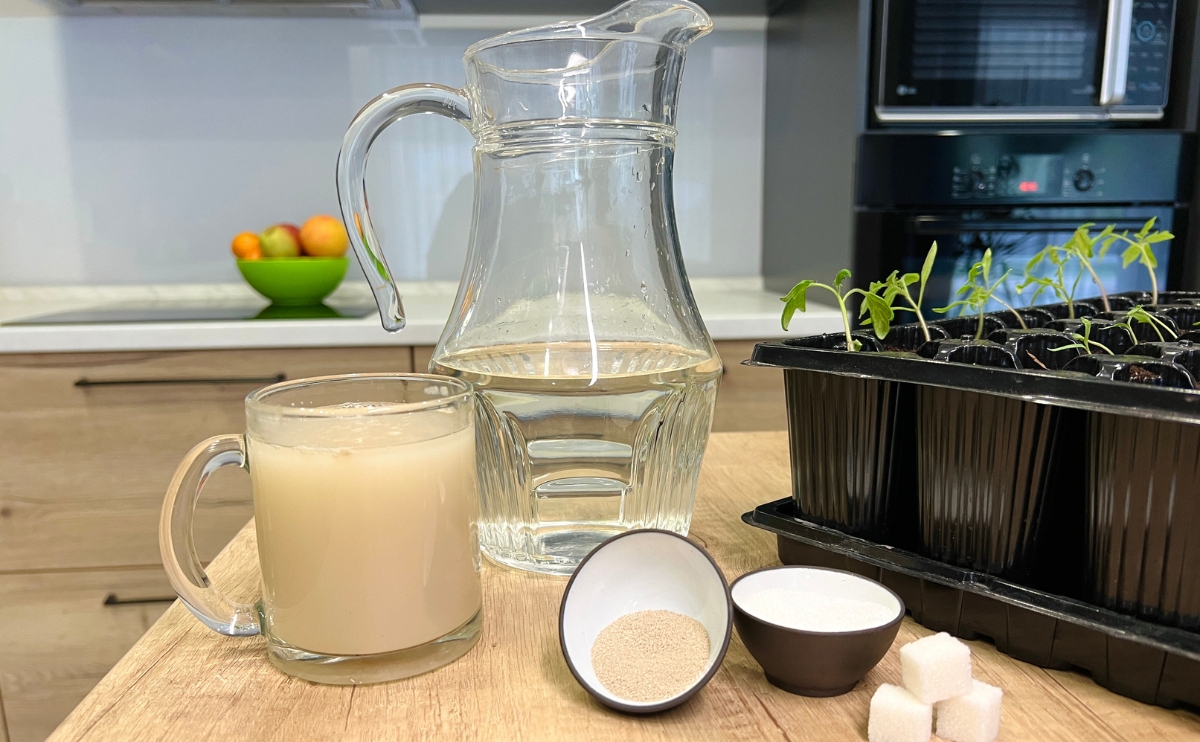Gardening enthusiasts are always on the lookout for natural, effective ways to boost the growth of their plants. One of the latest trends capturing the attention of the green community is the use of yeast as a fertilizer. This article explores the science behind yeast fertilizer, its benefits, and how to make your own.
What is Yeast Fertilizer?
Yeast, a single-celled fungus commonly used in baking and brewing, can also be a gardener’s ally. When used as a fertilizer, yeast leverages its natural processes to aid plant growth. The idea isn’t new, but its application in home gardening is gaining popularity due to its cost-effectiveness and ease of use.
Scientific Principles Behind Yeast Fertilizer
Yeast cells are rich in nutrients like nitrogen, phosphorus, and potassium, which are essential for plant growth. Moreover, yeast helps in breaking down sugars into carbon dioxide and alcohol in a process known as fermentation. When applied to soil, the carbon dioxide can promote root growth, while the alcohol is minimal enough not to harm the plants but encourage microbial activity in the soil.
Benefits of Using Yeast Fertilizer
- Enhanced Growth Rate: By providing essential nutrients and stimulating root development, yeast can significantly speed up the growth of seedlings and mature plants.
- Improved Soil Health: Yeast increases the microbial activity in the soil, which enhances soil fertility and improves its structure.
- Cost-Effective and Sustainable: Yeast is an inexpensive and sustainable option compared to chemical fertilizers, making it ideal for eco-conscious gardeners.
How to Make Yeast Fertilizer at Home
Following the instructions from the Instagram post, here’s a simple recipe:
- Mix 1 cup of rested (non-chlorinated) water, 1 tablespoon of yeast, and 1 teaspoon of sugar.
- Allow the mixture to activate for about an hour before applying it to your plants.
- Use this mixture once every two weeks for optimal results.
Expert Opinions According to Dr. Helen Farnsworth, an expert in plant sciences, “Yeast fertilizer not only feeds plants but also activates the natural biotic processes in the soil, which are crucial for sustainable gardening.” This reinforces the value of using simple, home-made solutions for better plant health.
Potential Drawbacks While yeast fertilizer offers numerous benefits, it’s essential to consider potential drawbacks. Overuse can lead to excessive microbial growth, which might compete with plants for nutrients. Therefore, moderation is key.
Detailed Guides for Planting Vegetables, Herbs, Greens & Lettuce, Peppers, and Wildflowers in Your Garden:
At FarmerValley we offer detailed guides for planting vegetables, herbs, greens & lettuce, peppers, and wildflowers. These guides provide step-by-step instructions for planting and caring for your plants, as well as tips for getting the best results. Check our growing guides and plant your non-GMO garden with confidence.
Planting non-GMO seeds is a great way to enjoy fresh and healthy vegetables and herbs while also knowing that you’re avoiding harmful additives. With these essential tips and top lists, as well as our detailed guides, you’ll be on your way to a bountiful harvest in no time.
Elevate your gardening experience with FarmerValley’s premium seeds! Choose from our wide selection of high-quality varieties to enhance your garden and enjoy a bountiful harvest. Trust in our expertise and start your journey towards a thriving and beautiful garden today.

